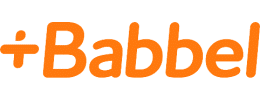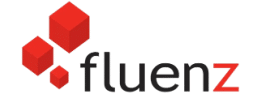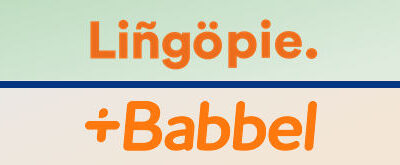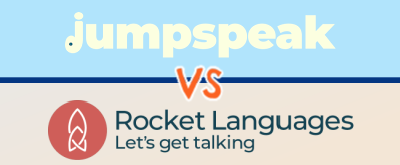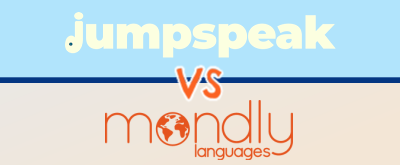When it comes to choosing a language learning program, both Fluenz and Babbel offer unique features tailored to different learning styles and goals. This article dives into a side-by-side comparison of these popular platforms, examining their approaches, lesson structures, and effectiveness to help you find the best fit for your language journey.
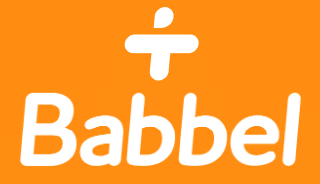
Sale: 55% OFF
Applied in Cart
|
$8-$15/mo |
Excellent choice for beginners looking to learn a new language. The app features short, engaging lessons, flexible review sessions, and accurate speech software. |
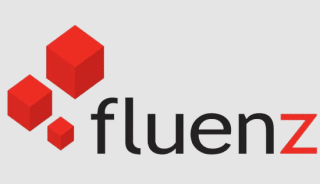
Discount: 5% OFF
Applied in Cart
|
$180+ |
Premium language program for people who want to learn German, Mandarin, Spanish, French, or Italian. The program features long, in-depth lessons, but lacks the engagement and learning tools that Babbel offers. |
Editor’s Choice
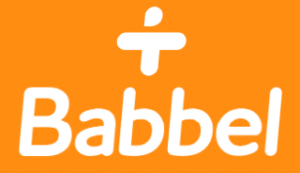
Babbel
- Multiple Subscription Options
- Money Back Guarantee
Pros
- Much more affordable than Fluenz
- Short, engaging lesson format
- Quick, accurate speech software
- Diverse mix of practice drills and exercises
- Flexible review sessions to reinforce new vocabulary
Cons
- Verbal practice is somewhat limited
- Limited use of video, images, and graphics
Why Babbel Is Better Than Fluenz
To start this comparison, let’s discuss the strengths of the Babbel language courses. That way, you can get a feel for whether Babbel is the right choice for your language learning needs.
Short, Engaging Lessons
Babbel’s lessons are quick and engaging, lasting around 10 to 15 minutes, which is ideal for learners on tight schedules. Each session features a variety of short exercises like flashcards, fill-in-the-blanks, and mock dialogues that keep things interactive and fun, making it a great option for busy professionals, students, or parents.
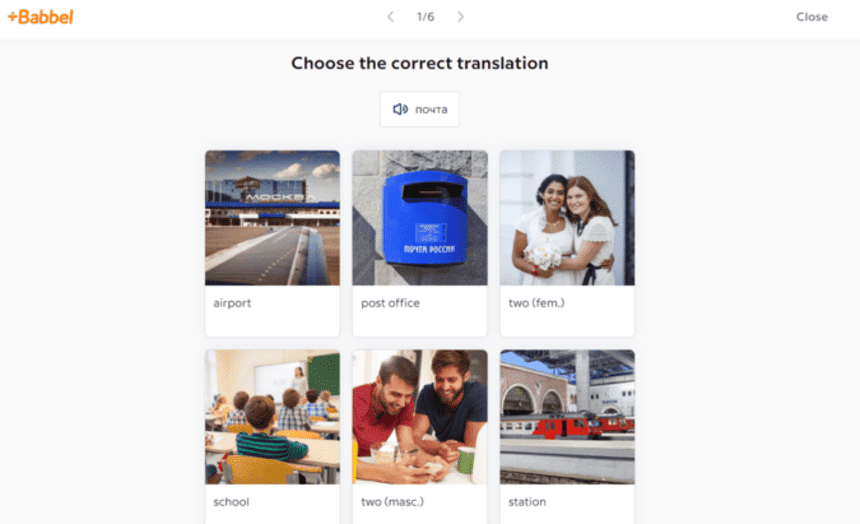
Fluenz, in contrast, takes a more traditional approach, with lessons around 45 minutes long that emulate a classroom experience. In other words, the Babbel lessons are more entertaining and fun than the Fluenz lessons.
Affordable Monthly Subscription Plans
Babbel offers flexible subscription plans, typically priced between $8 and $15 per month, with an option to purchase a lifetime pass for access to all 14 languages for around $200-300, although most users lean towards the monthly plans.
In contrast, Fluenz does not provide a monthly subscription model; instead, you can purchase individual levels for a specific language or a full package of all levels. For instance, Fluenz Spanish Level 1 is priced around $190, while the complete set of five levels costs about $400.
Consequently, Babbel emerges as the more budget-friendly choice, especially with its competitive monthly rate and frequent discounts.
Helpful Review Sessions
One of Babbel’s standout features is its review sessions, which greet you with a brief 3-4 minute refresher each day when you log in. These sessions revisit vocabulary from prior lessons, reinforcing it to ensure it stays fresh in your mind (similar to Duolingo).
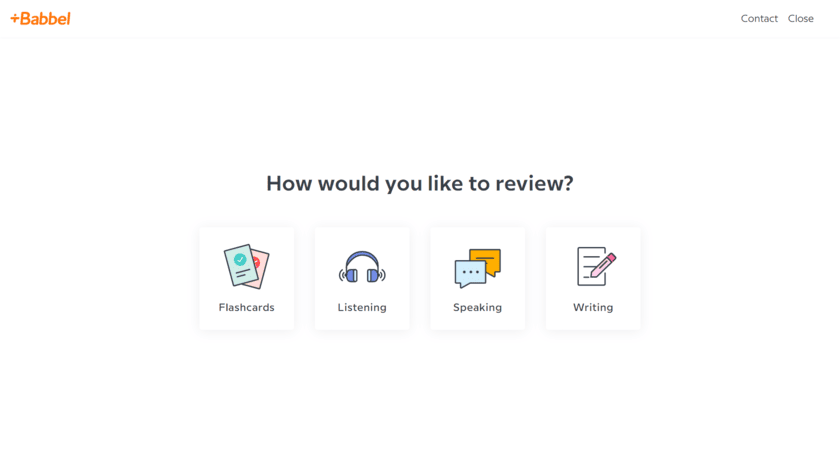
Our team found this spaced repetition method incredibly effective, as it helps transfer new words from short-term memory to long-term recall—an essential aspect of mastering a new language. Plus, what’s cool is that Babbel gives you the choice of how you want to review vocabulary (flashcards, listening, speaking, or writing).
Accurate Speech Software
Another key benefit Babbel offers is its advanced speech recognition technology. As you work through pronunciation exercises, Babbel’s system evaluates your accuracy in real-time and prompts you to repeat words or phrases if needed.

This feature is highly effective, setting it apart from Fluenz’s simpler approach, which only includes recording and playback without actual pronunciation assessment. Consequently, Babbel takes the lead in this area across its courses.
Live Classes Available
Another significant advantage with Babbel is their option to attend live classes. Though these classes require an additional fee and aren’t part of the standard subscription, Babbel offers hundreds of small-group sessions weekly at various learning levels.
Each class, typically limited to several students and lasting around an hour, covers a wide range of topics, allowing you to choose ones that align with your interests, whether in Spanish, French, or another language. These live sessions are a fantastic resource for diving deeper into specific areas, practicing conversation, and getting personalized guidance from skilled instructors. Plus, with the flexible scheduling, you can easily find classes that fit your timetable.
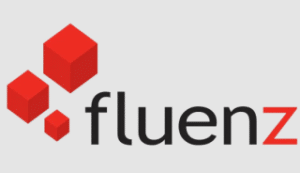
Fluenz
- 30-Day Guarantee
- Multiple Plans
Pros
- Helpful video-based lessons
- Immersive learning experience
- Small classroom type feel feels more intimate
Cons
- More expensive than Babbel
- Lessons are somewhat dry/boring
- Feels more academic than conversational
Why Fluenz Is Better Than Babbel
Now that we’ve discussed Babbel in detail, let’s turn the tables and describe the strengths of the Fluenz language program.
Engaging Video Lessons
One of Fluenz’s standout features is the use of videos within each lesson, which our team found to be a huge benefit. Each session kicks off with an introductory video, where an instructor previews the key concepts and prepares you for the exercises ahead.
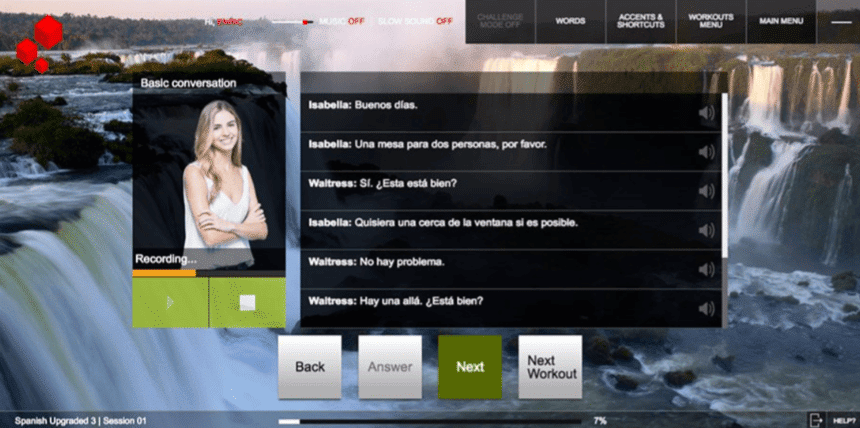
Following the intro, you work through various drills—known as “workouts”—and periodically watch additional videos that offer further insights and breakdowns of the material.
We found this structured approach to be very effective overall. While the videos may come across as a bit scripted, having an instructor guide you through the lessons adds clarity and greatly enhances retention.
Babbel, unfortunately, does not offer any video-based lessons so visual learners should take note. Rosetta Stone is also a good option for visual learners with their image-based language lessons.
Classroom Type Learning Experience
Another key advantage of Fluenz is that its video-based lessons, led by on-screen instructors, create a classroom-like atmosphere, setting it apart from Babbel’s self-guided format. Fluenz specifically aims to mimic a one-on-one tutoring experience, and while it’s still a recorded video setup, the structure does feel more guided than most language apps.
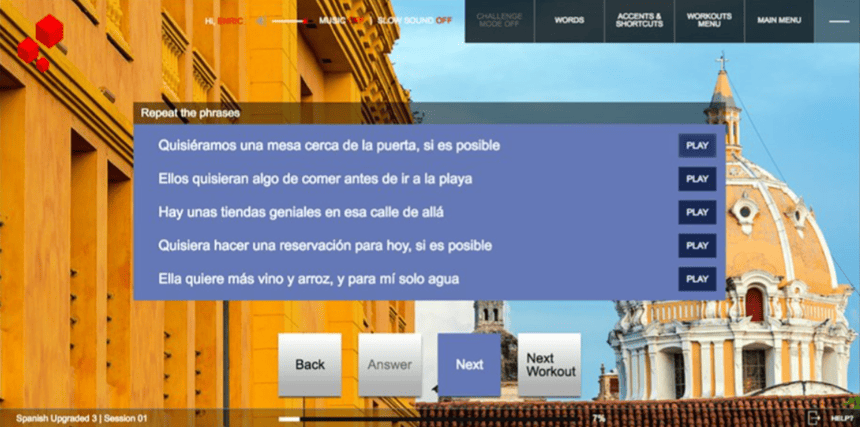
In short, if you prefer a classroom setting or find self-paced learning less engaging, Fluenz could be a better fit for your learning style (you may also what to check out Rocket Languages or Pimsleur with their guided audio lessons).
Verdict: Which Language Program Is Better?
After trying both programs, our team gives the win to Babbel.
While we appreciate the depth and classroom-like structure Fluenz brings with its video lessons, Babbel ultimately provides a more efficient and engaging learning experience. Its shorter, dynamic lessons are ideal for holding your attention, and the advanced speech recognition combined with spaced review sessions enhance long-term retention.
Overall, we believe Babbel’s lesson format is better suited to people with packed schedules, making it the preferred option for most learners. Plus, let’s not forget that Babbel is significantly more affordable than Fluenz as well, making the decision even easier.
The main difference between Fluenz and Babbel is in their teaching approach: Fluenz offers longer, video-based lessons with an instructor that mimic a classroom or tutoring environment, while Babbel provides shorter, gamified lessons designed for quick, daily practice. Additionally, Fluenz focuses on a structured, traditional learning experience, whereas Babbel emphasizes interactive, self-paced exercises and spaced repetition for vocabulary retention.
The choice between Fluenz and Babbel depends on your learning style: Fluenz is better for those who prefer a more structured, classroom-like experience with longer lessons, while Babbel is ideal for learners looking for shorter, engaging, and flexible lessons with interactive features. Overall, Babbel may be the better option for busy individuals seeking quick, effective daily practice, while Fluenz is better suited for those who prefer in-depth, guided lessons.

